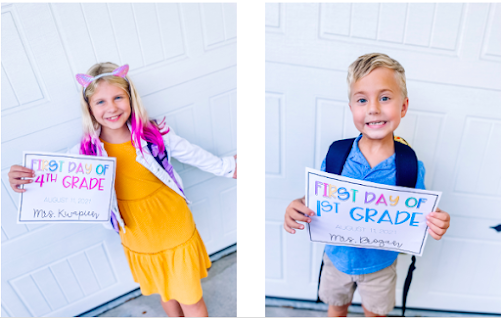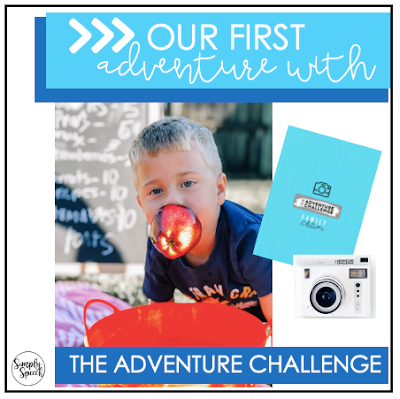Happy Friday! I am really excited share a therapy tool that I have been using with my students (and my own son!) called Bite-R with you all. Before I start telling you all about my Bite-R experience, I want to introduce you to Susan Haseley. She is a speech-language pathologist and the creator of Bite-R. Susan had two students that were unable to achieve the R sound and ended up being her inspiration to invent this device in 2013. I met Susan at ASHA a few years ago. I was intrigued by her demonstration and the research she presented on her invention. At the time, I didn't have many articulation students on my caseload so I did not end up purchasing a kit. But fast forward to this year where I have a ton of kids with only R on my caseload... I reached back out to Susan about giving Bite-R a try, and here we are today!
What is Bite-R?
The Bite-R is a tactile therapy device that helps bring awareness to the movement, tension, and stability needed to produce the /r/ sound correctly. The device is made with an elastic tension band that helps create sensory motor memory. /R/ has always been one of the hardest sounds to teach because it is produced in the back of the mouth making it more difficult to show our students correct placement. The Bite-R gives the student the tactile cues of correct placement along with our verbal cues for correct production. I am definitely more of a visual learner, so if you are like me and want to see how this works, you can check out Susan's video demonstrations, here.
I personally own the Start Up Kit. The Kit includes 2 Bite-Rs with Cases, 1 Practice Deck, 1 Manual, 1 Instruction Booklet, Charting Form and Sentence Analysis forms. The Practice Deck provides a list of 30 functional words that contain R in a variety of positions and contexts (vowels, blends, consonantal) and the common misarticulations for each word with instructions for remediation. The Manual includes a chapter specifically on vowels and a chapter that goes in depth with those children who don't make successful productions right away. All kits come with a certificate for free live online training with Susan, which I highly recommend.





























































